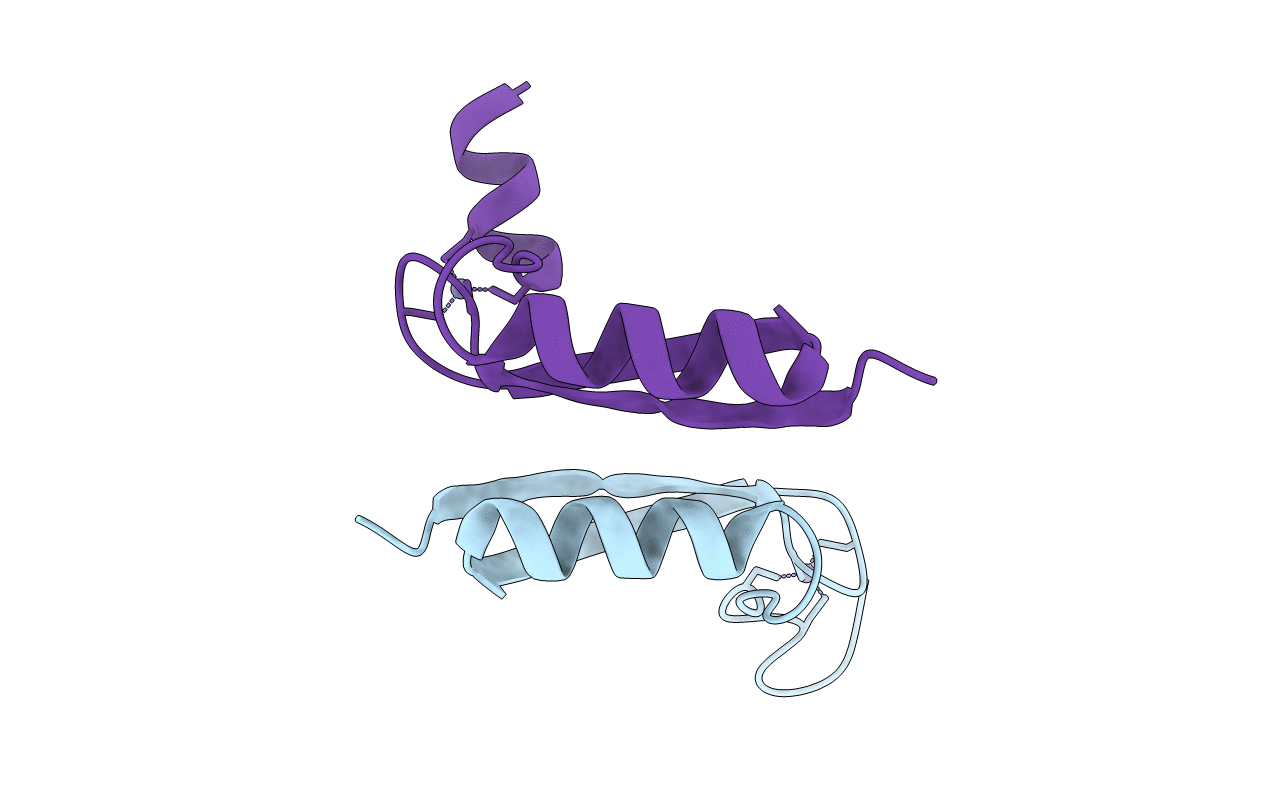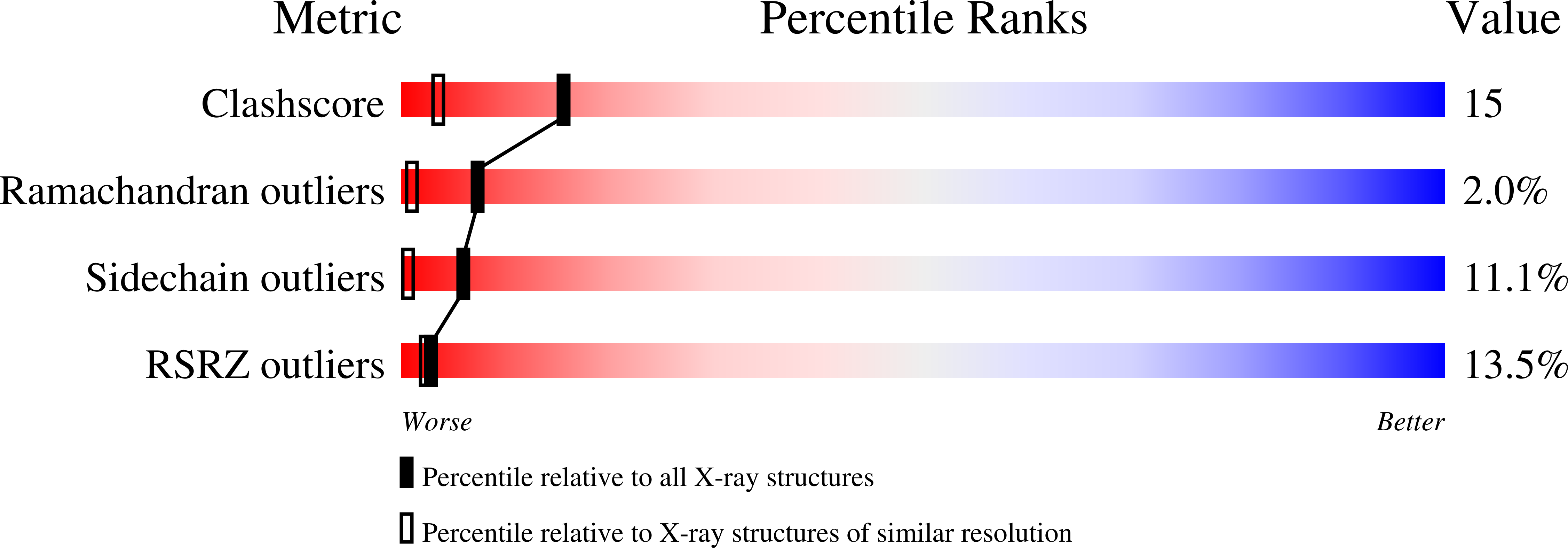
Deposition Date
2005-10-11
Release Date
2005-10-25
Last Version Date
2024-02-14
Entry Detail
Biological Source:
Source Organism:
Human papillomavirus type 1a (Taxon ID: 10583)
Host Organism:
Method Details:
Experimental Method:
Resolution:
1.60 Å
R-Value Free:
0.25
R-Value Work:
0.20
R-Value Observed:
0.21
Space Group:
P 21 21 2


